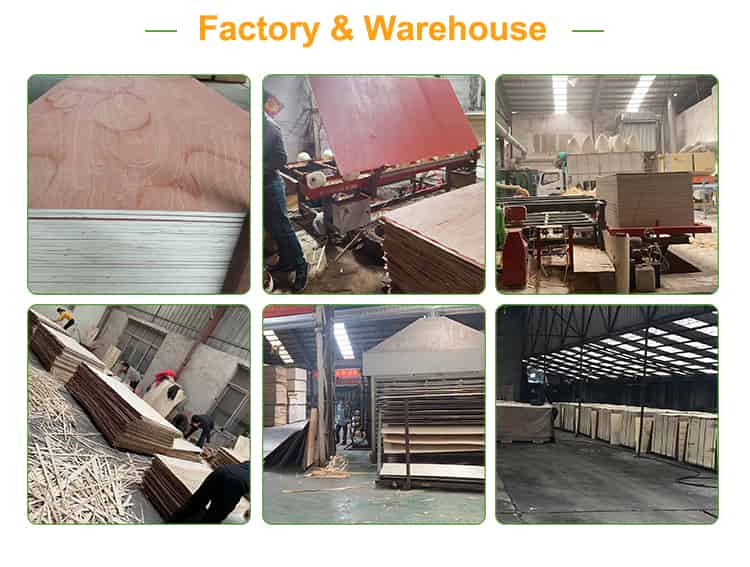In-depth comparison of t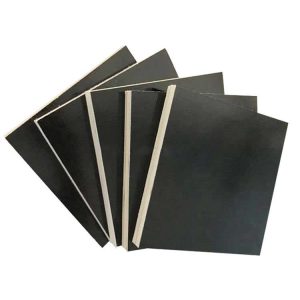 he properties, uses and cost-effectiveness of the two types of wood
he properties, uses and cost-effectiveness of the two types of wood
In the world of wood, Ash and White Oak have each won the preference of woodworkers and furniture makers with their unique qualities and characteristics. The two woods are hardwoods, but they differ as much as the leaves in their forests. This article aims to provide an in-depth analysis of the characteristics, advantages and potential uses of these two types of wood to help readers understand the value of each and choose the most appropriate material.
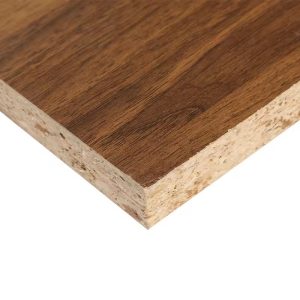
Ash wood is known for its light and strong properties. This wood has a relatively low density, but provides good strength and elasticity, making it ideal for sporting goods such as rackets, baseball bats, and bicycle frames. The grain of grey wood is usually straight and even, with subtle spots, which gives the finished product an elegant and modern look. In addition, it is easy to process and can be dyed into a variety of colors to adapt to different design styles and functional needs.
White oak is known for its hardness and durability. As one of the most commonly used hardwoods in North America, it has dense textures and distinct tree-ring patterns, natural features that give each white oak board a unique aesthetic. The flexural and wear resistance of white rubber makes it a preferred material for flooring, furniture and structural building components. With the passage of time, white oak can also gradually show a deeper and richer color, adding to its appeal as a classic material.
In terms of durability, each has its own advantages. As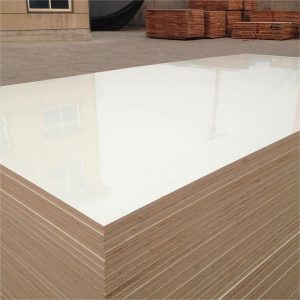 h wood, although lighter, is still vulnerable to insects, especially ants. This means that additional protective measures may be required when used outdoors. In contrast, white oaks show greater resistance, especially to decay and insect attack. White rubber contains natural tannic acid that helps prevent corrosion, so it performs better in wet or open environments.
h wood, although lighter, is still vulnerable to insects, especially ants. This means that additional protective measures may be required when used outdoors. In contrast, white oaks show greater resistance, especially to decay and insect attack. White rubber contains natural tannic acid that helps prevent corrosion, so it performs better in wet or open environments.
Environmental factors also affect the application of both types of wood. Greywood can replenish resources relatively quickly due to its fast growth rate, but this also means that it may not be as sustainable as white oak. White oak has a long growth cycle and is slow to mature, thus ensuring its long-term availability as a natural resource. When choosing eco-friendly materials, white oak may be a choice worth considering.
There are also differences in cost. Usually, the market price of gray wood is cheaper than that of white oak because it is easy to process and produce. This makes greywood more cost-effective in some projects that require heavy use of wood. White oak has a high price tag in the market for its durability and beautiful natural texture, especially in high-end furniture and custom crafts.
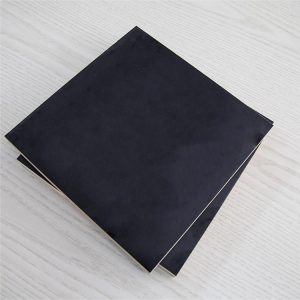
Finally, whether it is gray wood or white oak, they all have incomparable natural beauty. Greywood is lightweight and adaptable, making it suitable for both dynamic and functional projects. White oak, with its solid body and durable characteristics, has become a representative of traditional and luxury homes. When choosing between the two, it is important to consider the specific needs of the project, the expected service life, and personal preferences for aesthetics, performance, and cost.
In general, whether it is the flexible versatility of gray wood or the classic durability of white oak, they have a place in the wood market. By understanding their differences, you can better appreciate their uniqueness and use them to their fullest potential in different applications.
